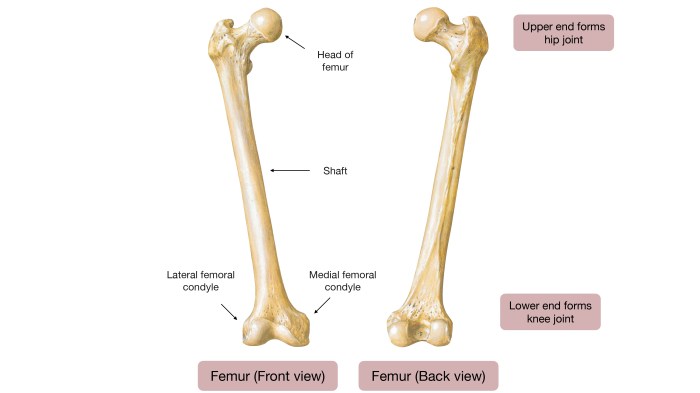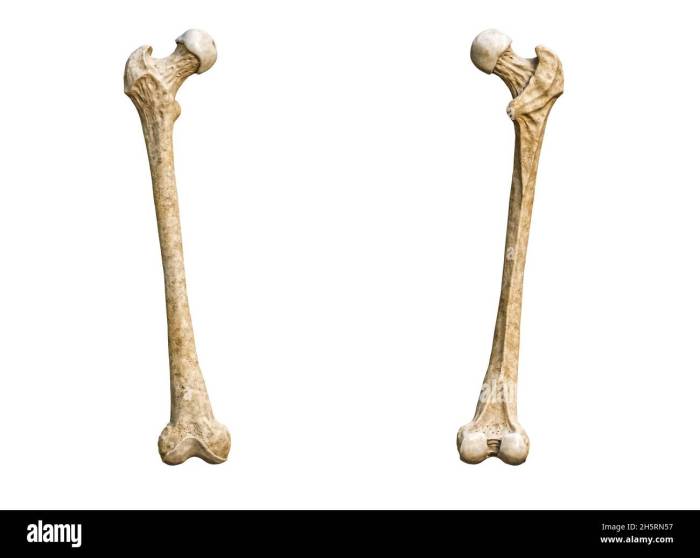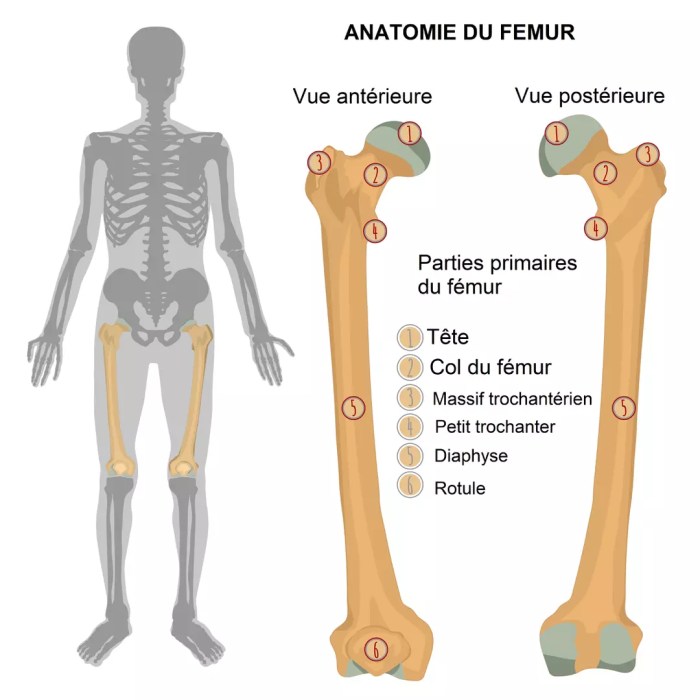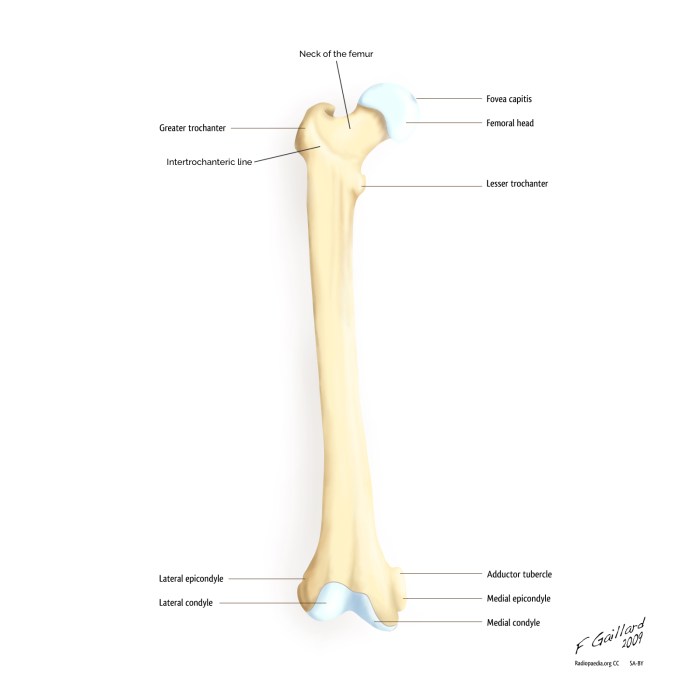Choose the correct translation for the root femor/o – Understanding the correct translation of “femoro/o” is essential in medical contexts, as it forms the foundation for accurate diagnosis, treatment planning, and communication among healthcare professionals. This guide delves into the anatomical, clinical, and etymological aspects of “femoro/o,” providing a comprehensive understanding of its significance in medical terminology.
The femur, the longest bone in the lower limb, plays a crucial role in weight-bearing and movement. The term “femoro/o” is used to refer to anatomical structures associated with the femur, including the femoral artery, femoral nerve, and femur itself.
Its correct translation is paramount for precise localization and description of these structures in medical reports and procedures.
Anatomical Context

The femur is the longest and strongest bone in the human body. It extends from the hip joint to the knee joint and is the main structural component of the thigh.
The femur articulates with the pelvis at the hip joint and with the tibia and patella at the knee joint. It is surrounded by muscles that allow for movement of the hip and knee joints.
The term “femoro/o” is used to refer to anatomical structures associated with the femur. For example, the “femoral artery” is the main artery that supplies blood to the thigh, and the “femoral nerve” is the main nerve that innervates the thigh muscles.
Answers to Common Questions: Choose The Correct Translation For The Root Femor/o
What is the significance of “femoro/o” in medical terminology?
It is the root term used to refer to anatomical structures associated with the femur, the longest bone in the lower limb.
Why is it important to understand the correct translation of “femoro/o”?
Accurate translation is crucial for precise localization and description of anatomical structures, ensuring accurate diagnosis and treatment planning.
What are some examples of anatomical structures associated with “femoro/o”?
Femoral artery, femoral nerve, and femur itself.
How is “femoro/o” used in various medical specialties?
It is used in orthopedics, surgery, radiology, and other disciplines to describe anatomical structures and conditions related to the femur.


